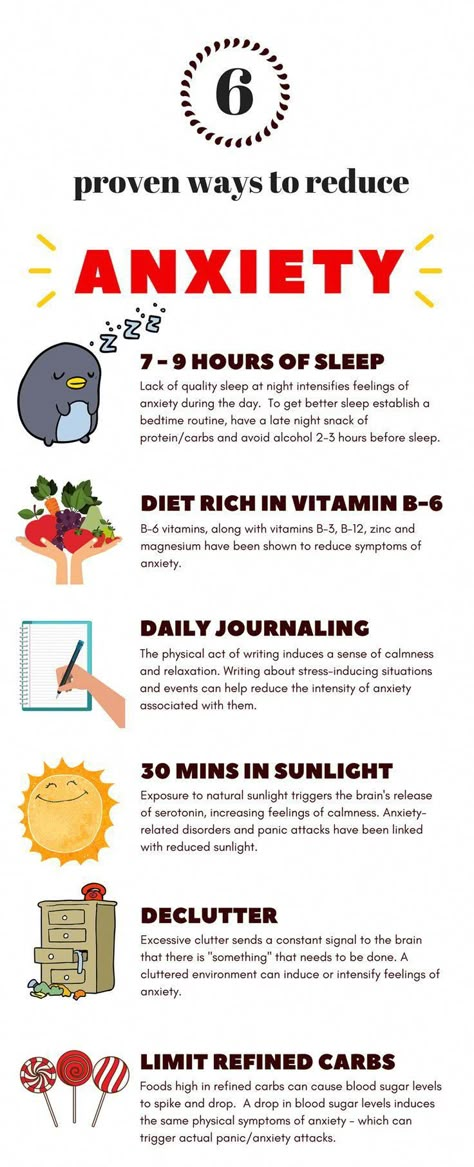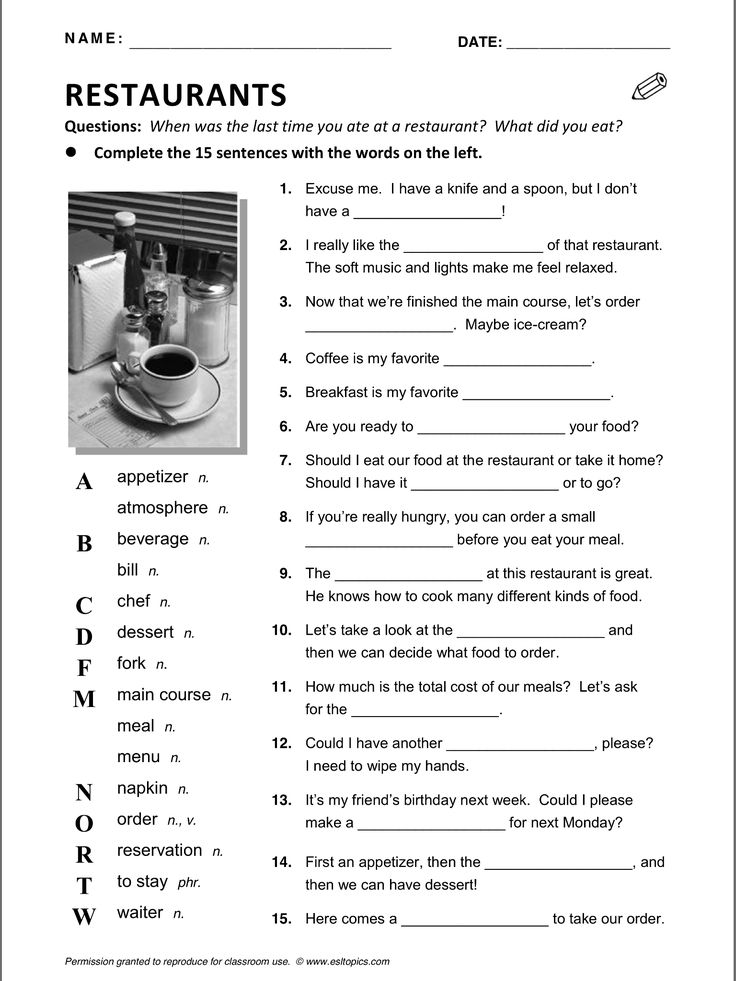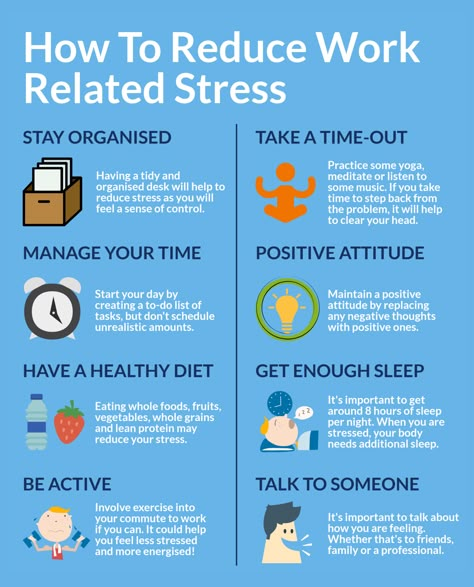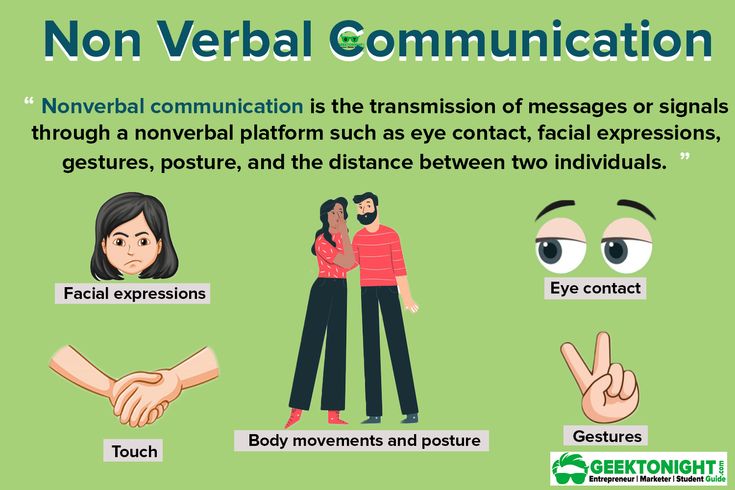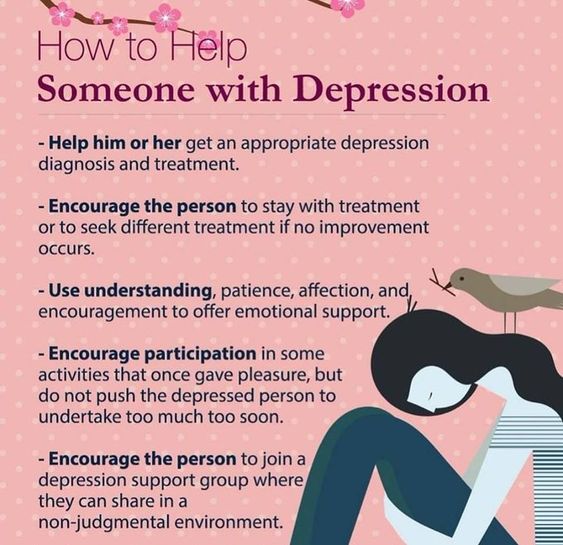Guided meditation for tweens
10 Cool Meditations for Pre-Teens and Teens
Children can benefit greatly from meditation, and as they grow older they appreciate more the privilege of having some time to wholly focus on the present and disengaging from thoughts about everything else.
Children over the age of nine start to have more awareness of their thoughts, and that’s when we can start exploring meditations which involve being aware of your mind and changing your thoughts, or meditations where you put your thoughts aside and go deep within. Maybe you like the idea of meditating together with your little one — it can be a really bonding, calming, experience. This free 30 Day Meditation Challenge will help you both get into a regular routine.
Here are a few meditations for pre-teens and teens you can explore:
1. Thought Hunter
Sit still with your eyes closed, and count slowly from 1 to 10. If any thought comes into your mind, immediately go back to 1. Watch for even the smallest thought. It is a practice of sincerity between you and yourself, so even the smallest thought, even a sound, even the thought “I’m already at number 3”… you need to go back to 1.
This exercise helps us become more aware of our thoughts. The thoughts we are not aware of are the ones that make us feel what we feel and want what we want and push us into actions we might not have done with more conscious thought.
The first step in being able to change our thoughts and redirect where our life is heading is to be aware of those small quiet thoughts. One to two minutes of this exercise is more than enough.
2. Counting Meditation
Sit or lie on your back and count slowly in your mind from 100 to 1; counting backward requires more concentration and will help you stay more focused. Try not to think about other things and just stay with the numbers. If you lose your count, start again from 100. If you reached 1, stay in silence for a few more moments.
This is a great exercise for developing concentration, and if you can focus enough just to reach 1 without getting distracted, you will have a beautiful and very relaxing inward experience. Try and see for yourself!
Try and see for yourself!
3. Counting Your Thoughts
Credit: Rainbow Kids Yoga
Give each child a pile of cotton balls or pom-poms. You can use any small object but it is easier with ones that don’t make much noise when you move them.
Measure one minute, and ask the children to watch their mind with heightened awareness for that time period, moving one pom-pom to the side for each thought that passes through their mind.
At the end of the minute, count your thoughts. Repeat a few times, trying to have fewer thoughts at every round.
You’ll be surprised to discover that all thoughts tend to run away and disappear when you consciously watch them in this way.
4. Closing the Senses (Yoni Mudra)
We also call this Monster Meditation because of how you look when you put your hands on your face as described below.
Sit up tall (most children find it most comfortable to sit with their knees tucked to their chest because they can then rest their elbows on their knees) or lie down on your back and cover your sense organs with your fingers in the following way:
Place your thumbs in your ears so that you won’t be able to hear anything, place your index fingers gently on your eyelids, place the middle fingers on your nose, the next set of fingers above your lips, and your little fingers under your lips.
Keep your elbows down and shoulders relaxed. Start breathing deeply, deep enough so that you’ll hear your breath very loudly inside your head. After about ten deep breaths, gradually make your breath so quiet and unnoticeable that you don’t hear it any more.
Now, start listening to sounds by your right ear, and as you listen, bring your attention to subtler and subtler sounds. Sounds that are hiding under the sounds that you already hear… go deeper and deeper within in this way.
Stay here for another few minutes before releasing your hands. When done, keep your eyes closed and enjoy the affect of this wonderful exercise for a few more gentle breaths.
5. Breath Meditation
Sit up tall and close your eyes. Begin breathing deep enough that you can hear your breath. Feel how the breath moves your body, and notice the flow of the breath through your nostrils, in and out of your body. Try to feel the contact of the air with the inside your nose, or how the air touches your upper lip.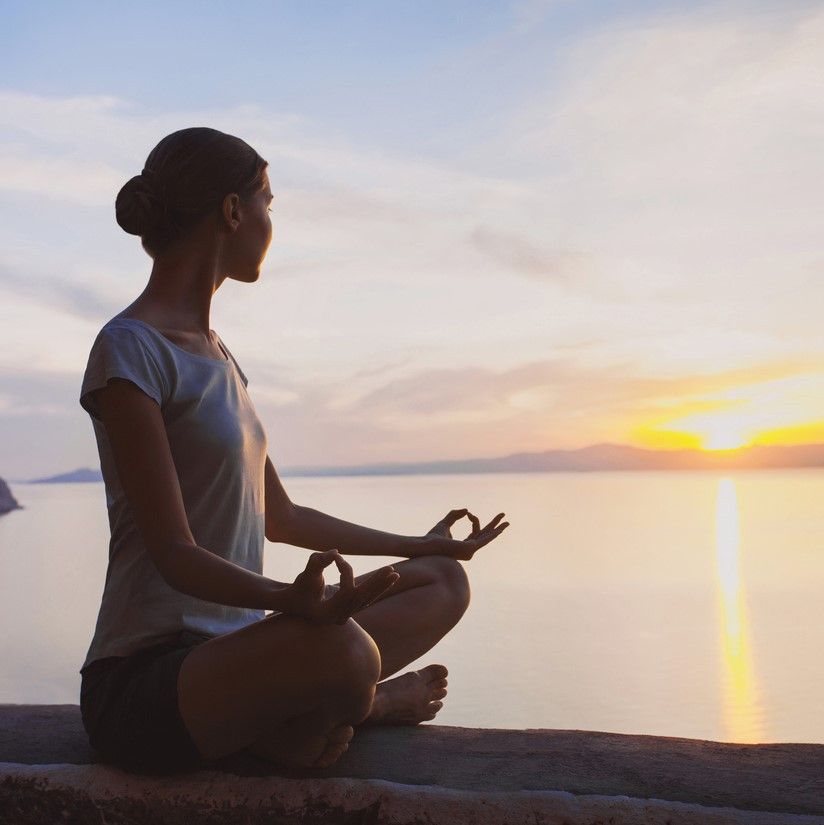
Now gradually make the breath much gentler and let it flow naturally but keep listening to its sound. Try not to listen to your thoughts; listen only to your breath.
Whenever you find yourself thinking of other things, come back to your breath.
You can practice the same meditation listening to your heartbeat by bringing your full attention to it in a similar manner.
6. Sitting Still Together
Credit: Rainbow Kids Yoga
Sit back to back with a friend, backs and heads touching. Feel each other breathing through your backs. Breathe in and out slowly and deeply, coordinating the rhythm of your breath. Sit as still as you can, just for a few moments, as you listen to the sound of the breath or to silence.
Help each other focus and go within by not moving a muscle.
Now, try to feel how, with your breath, you connect to your friend and to the whole universe. We constantly breathe each other’s air and we nourish each other in this way.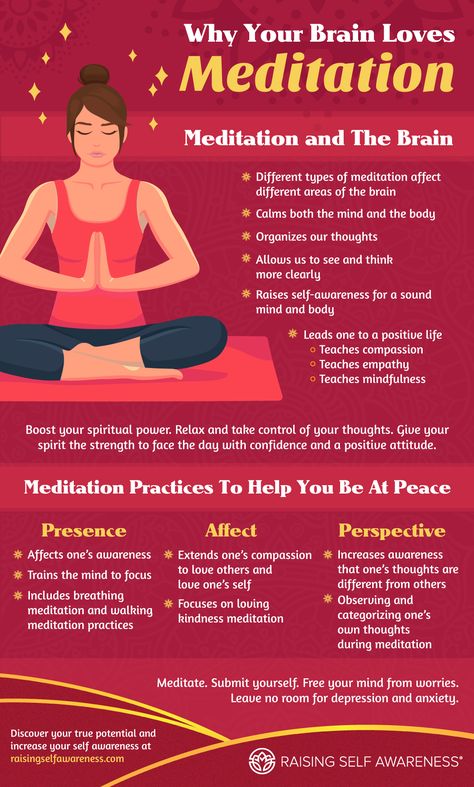 We inhale oxygen and exhale more carbon dioxide; and the flowers, grass and trees breathe in carbon dioxide and in return exhale more oxygen for us.
We inhale oxygen and exhale more carbon dioxide; and the flowers, grass and trees breathe in carbon dioxide and in return exhale more oxygen for us.
We all support each other and we are all interconnected. Life is so full of magic!
7. Dreams Do Come True
Writing down your goals and dreams is a great way to start making them come true! It helps you to be mindful with your ideas and intentions and start focusing on them.
Give the children a piece of paper with a large circle in the middle and ask the children to draw or write about things they want to happen in the middle of the circle. Then ask them to draw or write about the thing that they don’t want in the outer circle.
Allow the children plenty of time for this exercise, it can really ignite their imagination and they’ll need time for thought and time for completion.
When their circle of dreams is complete, it can be hung in a special place so that we can revisit our dreams often. After a few weeks or months you can reflect on what has come true, and maybe update your dreams and goals a bit if you want to.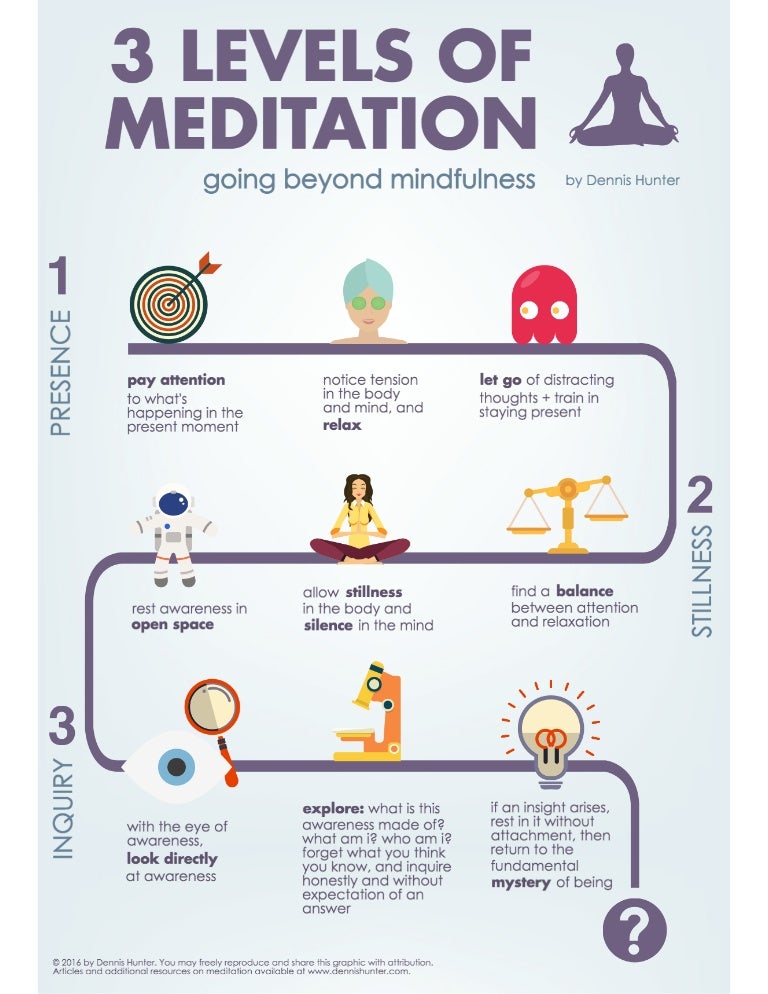
8. Compassion Meditation
This meditation can be very challenging at times, and I make sure to mention that forgiveness and sending love to people that have harmed us is more of a healing process for ourselves, rather than finding a reason or giving an excuse for the wrongs that have been done.
Sit comfortably or lie on your back with eyes closed. Breathe deeply and bring your attention to your heart, directing your breath there. Now, inside your heart, see an image of yourself. See yourself happy, healthy, rich… see yourself realizing all of your dreams and having everything you ever wanted for yourself.
Start repeating the mantra “May I enjoy happiness.” Keep repeating this in your mind for about a minute.
Repeat the same process with someone you love the most, a good friend, a parent, a stranger, an annoying person, all beings… and keep repeating this mantra “May my beloved [!use!] enjoy happiness.”
Let your heart open and reach out to them, invite them within yourself and wish them all of the happiness you would wish for yourself and even more.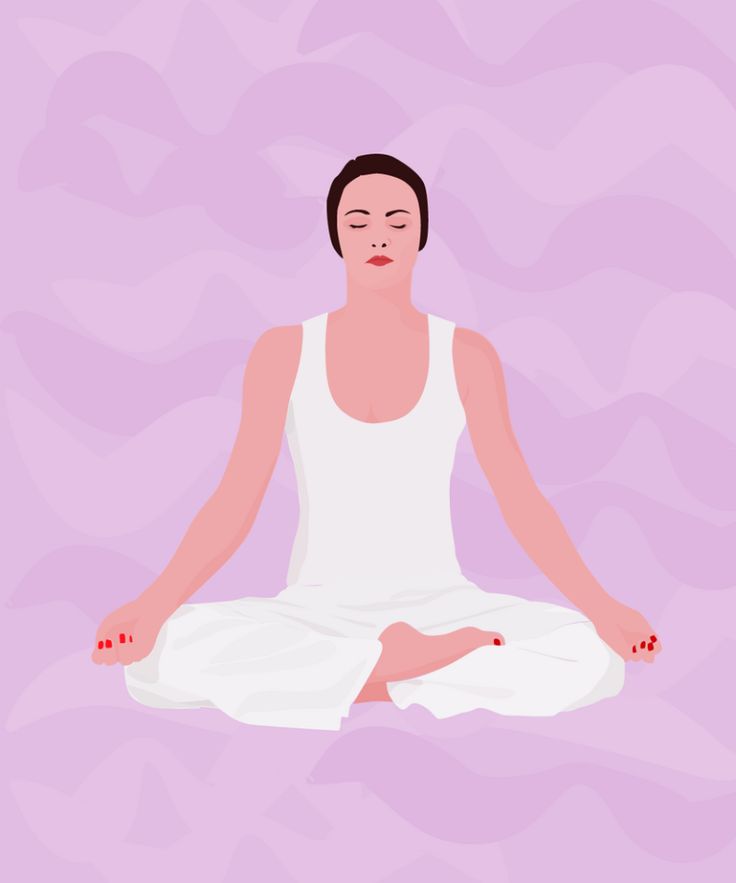 We all want to be happy, and we all deserve to be happy; even “annoying people” are sure to be transformed with happiness and love.
We all want to be happy, and we all deserve to be happy; even “annoying people” are sure to be transformed with happiness and love.
There is nothing stronger than love.
9. Meditation On the Sky
Close your eyes and visualize inner silence, inner joy, and peace as the clear blue sky.
In this clear blue sky, clouds of thoughts pass by. But whether there are clouds or not, the sky is always there. Clouds come and clouds go, but the clear blue sky remains unchanged. In the same way, clouds of thoughts pass through the sky of our mind.
Whether there are thoughts or not, this inner peace and joy is always here. Thoughts, worries, and emotions come and go, but something always stays. Something exists inside us that existed before thoughts came, and will continue after they disappear. So when you look within, don’t look at the clouds, look much deeper; look at the clear blue sky.
While you listen within for the next moment or two, don’t listen to the passing thoughts, listen much more deeply; listen beyond the thoughts to this inner silence. Every time you find yourself following the thoughts again, turn your attention back within and dive deeper into silence.
Every time you find yourself following the thoughts again, turn your attention back within and dive deeper into silence.
10. Silent Walk
This is a walking meditation, but you can apply the same principles to any activity. We’ll put all the thoughts about what has happened or what will happen aside and we’ll try to be present. We won’t let our body be in one place and our mind in another place; we’ll try to connect them and be in the here and now.
As we start walking around the room (or outside is even better), we’ll pay attention to each and every step, we’ll feel the connection between our feet and the earth, we’ll take deep breaths and smell the nature around us, we’ll feel the wind caressing our skin, we’ll listen to the songs of the birds or to the sound of our breath, we’ll look around and really notice all the little details of the beautiful world we live in.
We’ll be totally present with ourselves, with each other, and with the world around us. All other thoughts can wait. Try it! There is so much joy in this practice!
Try it! There is so much joy in this practice!
An Important Note
Meditation is not good for everyone. Nothing is good for everyone…
Children who have been through severe trauma or have deep psychological issues should not close their eyes and go within. Within might not be a nice place for them. More active practices would be better to start with. You can slowly progress from there when they are ready.
There is a lot more to explore about meditation. Never stop learning new things, and please share here if you have any other meditation that have worked for you or your young family members or friends.
10 Guided Relaxing Meditations For Teens
Between the pressure of school and the constant comparisons that occur thanks to social media, teens are more vulnerable to chronic stress and anxiety disorders than ever before. These problems can make sleep difficult, especially if your teenager has a tendency to scroll through their phone right before bedtime.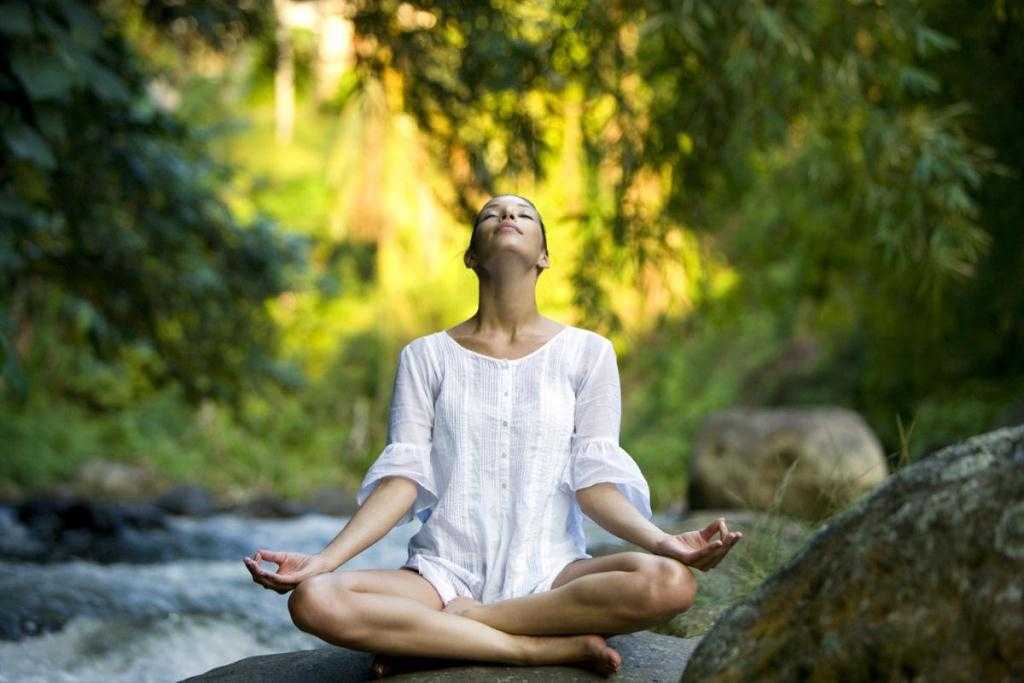
However, a guided meditation is a great way to unwind before bedtime, and these 10 suggestions can easily work into your teen’s already-established nighttime routine to improve their mental health.
RELATED: How To Help Your Teens Cope With Their Mental Health This Summer
10/10 Body Scan
via Pexels/Kampus ProductionBody scan meditations like this one are a great way for teens to check in with their bodies before bedtime. This type of guided meditation can help bring awareness to every single ache, pain, or a generalized feeling of discomfort within the body. This awareness can help teens relax so they can sleep more soundly through the night. Furthermore, body scan meditations typically only take 5-10 minutes, making them an easy thing to fit into a typical nighttime routine.
You can learn more about body scan meditation from Headspace.
9/10 Loving Kindness Meditation
Via PexelsTeens often focus on the negative within their lives.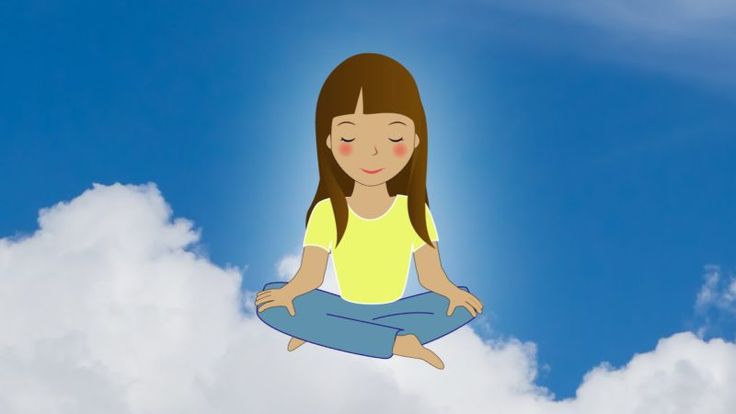 Unfortunately, this tremendously impacts their self-esteem and overall mood. However, loving-kindness meditations are meant to help us reconnect with the people who mean the most to us and fill our hearts with love and gratitude. These positive emotions can help us in many ways, namely to help us feel at peace as we end the day.
Unfortunately, this tremendously impacts their self-esteem and overall mood. However, loving-kindness meditations are meant to help us reconnect with the people who mean the most to us and fill our hearts with love and gratitude. These positive emotions can help us in many ways, namely to help us feel at peace as we end the day.
For teens, this meditation can be especially powerful because it can help them feel less isolated and alone before they fall asleep. Furthermore, they can release any negative feelings they may have experienced towards others or themselves throughout the day and allow positive feelings to fill in the place of the negative ones.
8/10 Mindful Walking
Via PexelsMindful walks are a great way to get into some physical activity while also being aware of your body and surroundings in a highly focused way. What's more, you can mindfully walk anywhere, whether it's around the house, out in the backyard, or even on a hiking trail. This, along with a recording like the one Mindfulness for Teens provides, can be a great way to wind down before bedtime, especially in the months when the sun stays out later.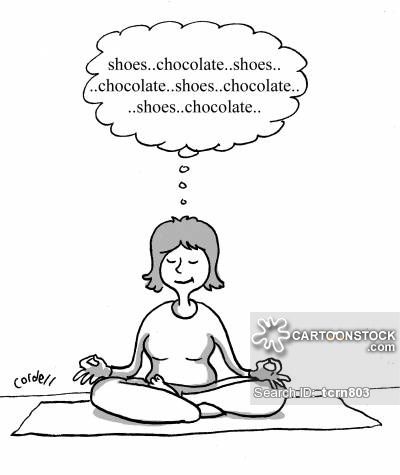
7/10 Breathing Meditations
Via PexelsSometimes guided meditations don't need elaborate recordings to be effective. In fact, sometimes simple-paced breathing exercises can be very relaxing and soothing for people of any age. What's more, many breathing exercises can be performed from anywhere, with little to no items needed.
Some great, but simple breathing meditations include square breathing and 4-7-8 breathing.
6/10 Progressive Muscle Relaxation
Progressive muscle relaxation is a guided meditation in which you first tense, then relax muscles throughout your body systematically. It's a great way to focus your attention, relieve tension, and calm down. Teens can use a recorded walk-through of progressive muscle relaxation like this one from Joon, or simply do the meditation independently.
5/10 Visualization Meditations
Unlike some meditations on this list that focus on what's happening inside the body, visualization meditations take you somewhere else inside your head and help you relax by giving you something else to think about.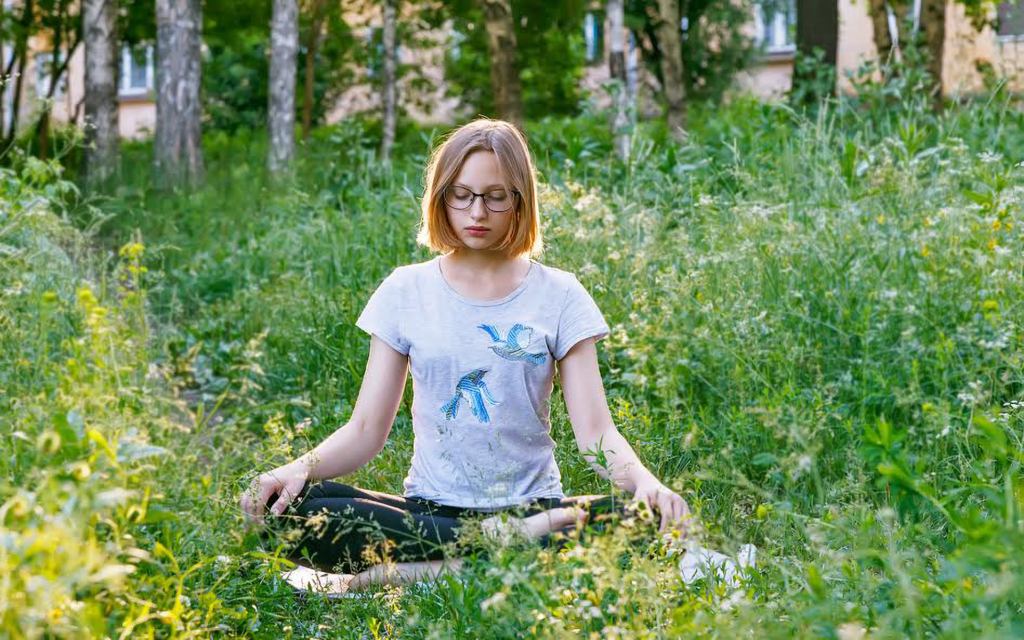 There are lots of great visualization meditations available online, so your teen can just Google some to find ones they like the best.
There are lots of great visualization meditations available online, so your teen can just Google some to find ones they like the best.
4/10 Mindful Yoga
Via Pexels/Elly FairytaleBelieve it or not, yoga can also be a form of mindfulness. Like mindful walking, mindful yoga is a great way for your teens to get in some physical activity while also relaxing their body and mind. The Yoga with Adriene YouTube channel is a great source of guided mindful yoga videos, most of which don't require experience with yoga to understand.
3/10 Chakra Meditation
Chakra meditations are meant to help individuals balance the energy within their bodies and clear possible blockages they may be experiencing in certain places. Like progressive muscle relaxation, these meditations also help relax the body and help prepare for sleep, making them great for your teens to try out during their nighttime routine.
Yoga International offers a great chakra meditation to try out.
2/10 Rainbow Meditation
The Rainbow Meditation is meant to lead you away from anxiety and stress while leading you towards inner peace. Like chakra meditation, rainbow meditations also focus on energy centers within your body, just in slightly different ways. You can easily find lots of recorded rainbow meditations with a simple Google search.
1/10 Surrender Meditation
Via Buddha WeeklyTeens often carry things around with them, but this weighs them down, especially when it's something they really can't control. Therefore, this surrender meditation from Jason Stephenson is a great way to let things go. While it's a longer meditation, it can be highly effective.
Guided meditation is a great way to relax before bedtime and relieve stress. Your teen will love these options.
Sources: Headspace, Mindfulness for Teens, YouTube, Joon, Yoga With Adriene, Yoga International, Jason Stephenson
A Parent's Guide to Helping Their Children
Today's youth experience anxiety and stress. Much more than it should. According to recent statistics published by the American Academy of Pediatrics,
Much more than it should. According to recent statistics published by the American Academy of Pediatrics,
Up to 30 percent of children and young adults will experience an anxiety disorder in their lifetime.
Parents and other caregivers should teach our children good stress-reducing habits and introduce them to mindfulness activities that help them grow, support mental health, develop self-control and self-esteem, and reduce anxiety.
One of the best ways to do this is through meditation. We cover everything you need to know about meditation for kids, including what the practice looks like, how to teach it, and why it works. While teaching mindfulness to children may seem like a daunting task for parents or teachers who want to improve the well-being of their children, once you understand what mindfulness and meditation practice is, everything becomes much easier.
Overview: Meditation for Kids
In some ways it is not surprising that children develop stress disorders early.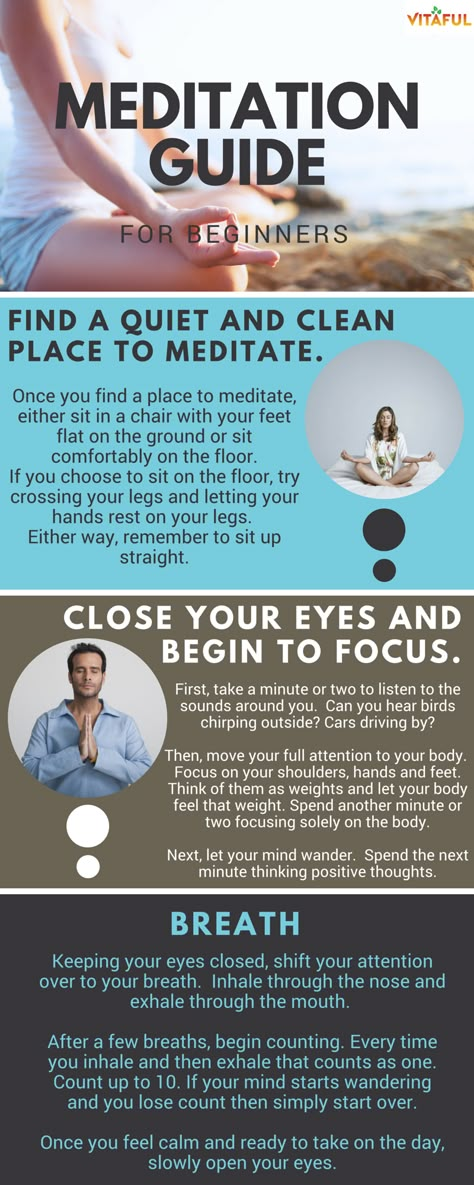 We live in a sensory world. There are real threats, and the unknown can be scary. Today's children suffer from attention spans and an inability to concentrate while studying, in the classroom, or even at play.
We live in a sensory world. There are real threats, and the unknown can be scary. Today's children suffer from attention spans and an inability to concentrate while studying, in the classroom, or even at play.
It is tempting to think that you can protect your children from all the fears and stresses throughout their lives; the best answer is to explain how to deal with difficult times. Children's meditation can help them with this.
Establishing a solid meditation practice at an early age is a good intention for your children and for yourself as parents and educators.
Whether it's deep breathing exercises, guided meditations, sleep stories, yoga, or any other mindfulness-based intervention, there's no doubt that children of all ages will benefit from mindfulness training from an early age.
Diagnosis of anxiety and behavioral disorders in children has increased dramatically.
Now let's define what meditation is?
For both children and adults, meditation is a practice that can bring great joy and comfort to your life.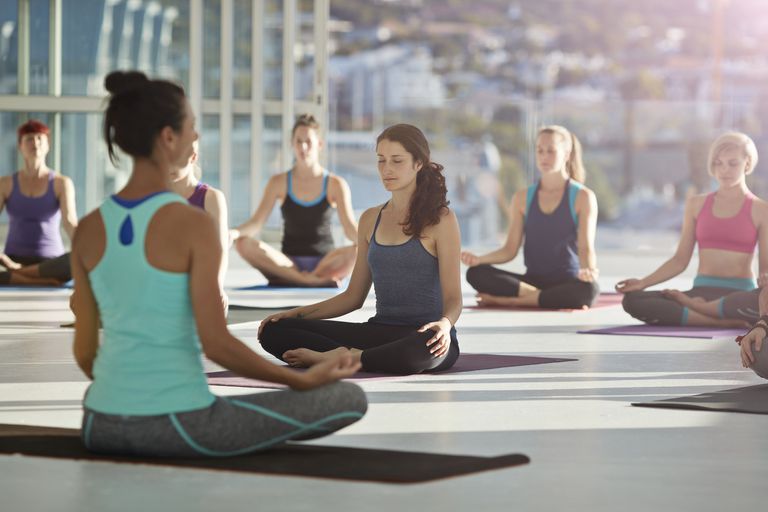 Although it can be difficult to define meditation in one sentence, in general it can be said that meditation is a mind-body practice that trains mindfulness and focus.
Although it can be difficult to define meditation in one sentence, in general it can be said that meditation is a mind-body practice that trains mindfulness and focus.
There are many benefits to meditation. For example, it helps to improve concentration, calm frayed nerves, relieve stress, help with self-comfort, and promote happiness. All these benefits are available to both children and adults.
Can children meditate?
Yes! Although a child's meditation will not look the same as an adult's meditation, the basic foundations of the practice remain. Children, for example, may benefit from guided imagery. Their duration may be shorter. And, of course, it is very important to choose meditation for the child. Some, for example, do not tolerate sitting meditation for more than a few minutes very well. However, they are fine with meditating while walking outdoors, mental painting, telling sleep stories in a soothing voice, or even listening to audio recordings as guided meditations.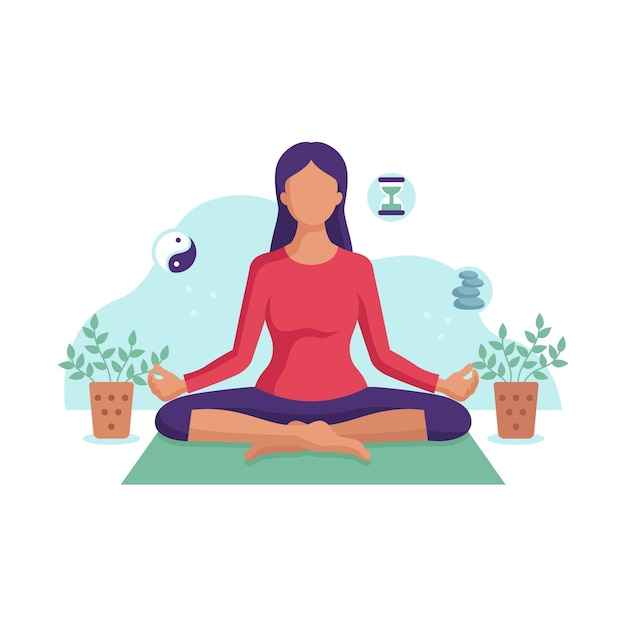
Mantra meditation can spark curiosity in older children as it requires
extra attention and patience, but can be a great option if your children are willing to dive deeper into
Why is meditation important for children?
Up to 30% of young people develop anxiety disorders.
- American Academy of Pediatrics
Children are not immune from the stresses of life. In recent years, the number of diagnosed anxiety and behavioral disorders in children has increased dramatically. These include attention deficit disorder (ADD), attention deficit/hyperactivity disorder (ADHD), and obsessive-compulsive disorder. First, it tells us a few things as our understanding of how conduct disorders manifest in children grows. Second, rates of diagnosis are rising as children are tested and diagnosed with these disorders. In other words, today's children are not necessarily more stressed than children of the past.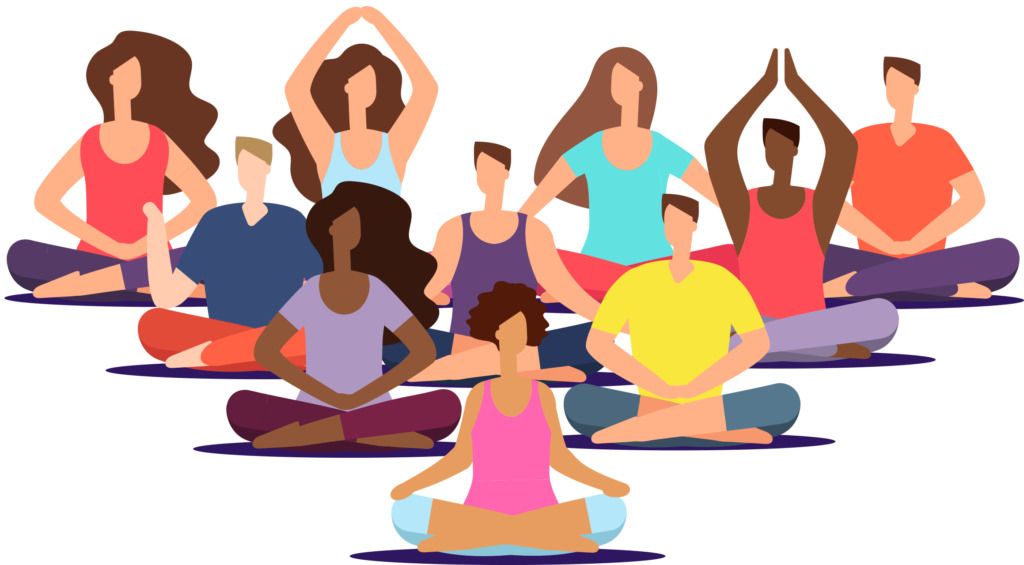 However, it also tells us that children are more prone to anxiety and stress than we previously thought. As parents, we must be vigilant and help our children cope with stressful situations in life and instill self-care in their lives from an early age.
However, it also tells us that children are more prone to anxiety and stress than we previously thought. As parents, we must be vigilant and help our children cope with stressful situations in life and instill self-care in their lives from an early age.
Can meditation help children cope with stress?
Yes. Fortunately, meditation can help calm the symptoms associated with problematic disorders. Children's meditations have the same effects as adults' practice. Even short, simple meditations for beginners can have amazing benefits. A recent study in the Journal of Positive Psychology found that just 15 minutes of meditation has the same positive impact as a full day of vacation.
Meditations for children
-
Guided Meditation for Children: Live or recorded guided meditation during which the instructor gives instructions for the meditation session.
-
Sleep Meditation: These meditations are gentler and more soothing.
 Often, meditations are accompanied by music, they calm the mind and prepare the body for sleep.
Often, meditations are accompanied by music, they calm the mind and prepare the body for sleep. -
Mindfulness Meditation: Meditation and mindfulness just go together. Mindfulness meditation means awareness (full attention) to the present moment instead of focusing on the past or the future.
Benefits of meditation for children
Children can learn through meditation:
1. How to breathe correctly.
Many people learn to breathe incorrectly (shallow) in childhood. Meditation can help develop proper breathing skills. Deep breathing helps focus and relax, which teens, children, and even young adults may not be aware of and express in their own way.
2. How to deal with stress and anxiety.
Meditation helps to re-adjust the mind and calm the hectic thoughts and harsh, stressful emotions.
3. Better focus.
Mindfulness meditation, in particular, can be helpful in improving concentration.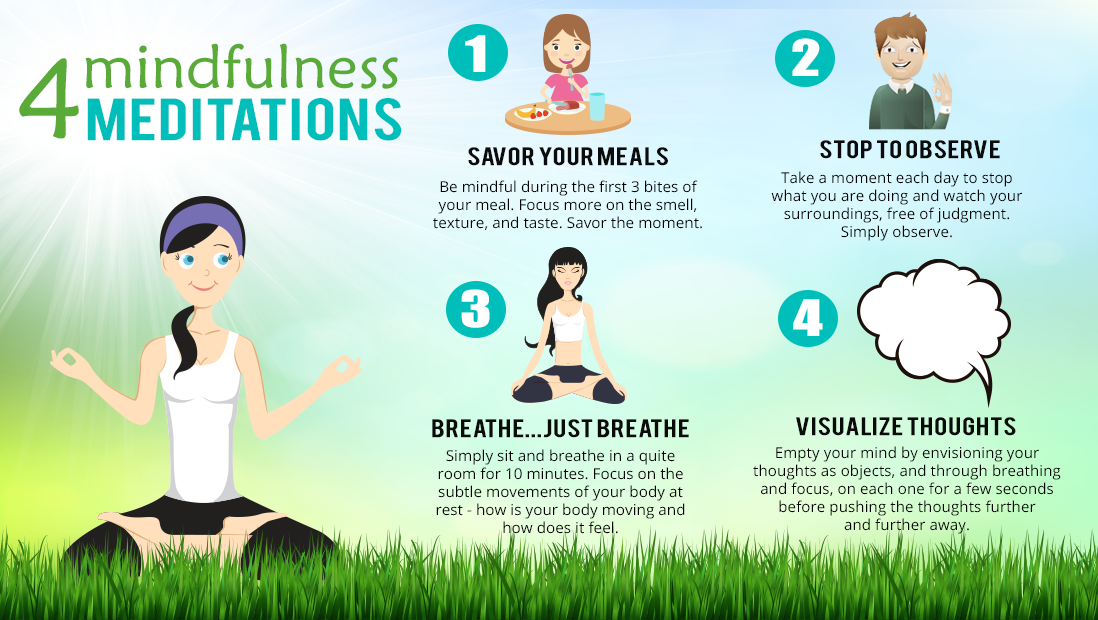 This is because staying in the present requires significant attention and awareness.
This is because staying in the present requires significant attention and awareness.
4. How to calm down and regulate difficult emotions.
Children often experience strong emotions and do not know how to calm down. Meditation helps center the mind and provides a soothing cushion for difficult emotions. If your child loves music, consider downloading a meditation that includes children's music. The audio recording can be turned on before bedtime or in the morning when the child is getting ready to start their day.
5. How to sleep better.
If you want to use bedtime meditation for kids, this is a great idea. Children's bedtime meditation can help alleviate some of the problems they face while resting. Many children feel too anxious, scared, or energetic to properly prepare for bed at night. Meditation before bed is a great remedy for a wandering mind.
Teaching children guided meditation is easier than you think
There is no wrong way to teach a child to meditate.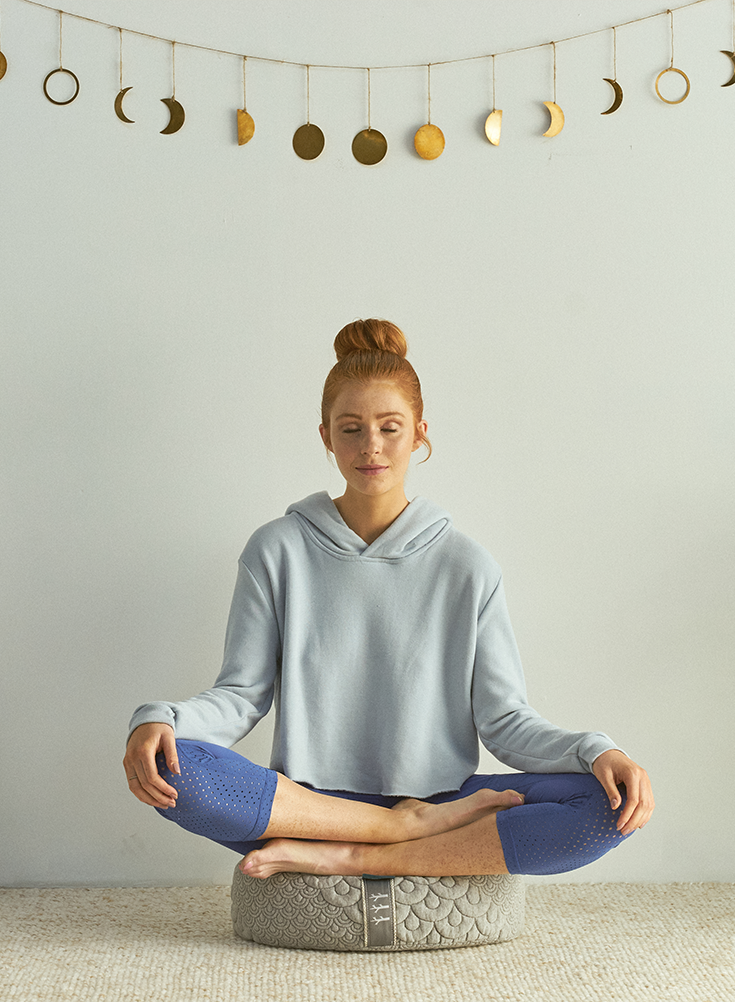 But here are some tips:
But here are some tips:
1. Start small. Even five or ten minutes of meditation is better than no meditation at all. Before the start of the school day, sit in a quiet place (perhaps even in the car when you drive the children to school) and dedicate time to meditation practice.
2. Try family meditation. Meditation can be a wonderful experience for all family members, including children. This is a great way to bond with your child and build more trust and intimacy.
If you have never meditated before, ask an instructor for a quick start session.
3. Don't worry about the details. It is natural for someone to giggle, move, or be distracted and restless in body and mind. This practice is primarily aimed at manifesting itself. They may also fall asleep.
Meditation for Children: Frequently Asked Questions
At what age should you start meditating?
You can start mindfulness meditation or short, informal meditation sessions with your children at any time.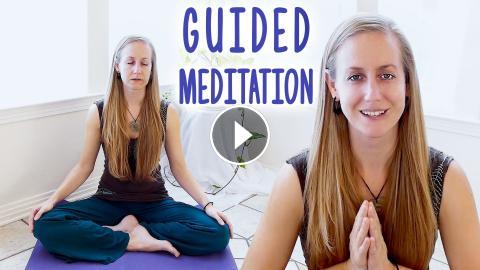 As a general rule, seated meditations are best for children six years of age and older.
As a general rule, seated meditations are best for children six years of age and older.
How do you meditate as a family?
Here is a quick family meditation: Find a quiet place. Sit on the floor and assume a comfortable, mindful posture. Straighten your back and close your eyes slightly. Set a timer for two to five minutes. Focus on taking a deep breath: Inhale... and exhale... Inhale... and exhale... Inhale... and exhale... until the timer runs out. Breathing exercises are the best way to introduce children to meditation - they give them the opportunity to focus and concentrate.
Does meditation help in studies?
Yes. Meditation has been proven to help children focus better and be less distracted. It helps to improve attention during classes and while studying. Meditation can also improve memory and provide mental and physical support to children as they learn. You can even teach your kids to meditate during their lunch break or before exams and tests at school.
Can babies meditate?
While you probably won't be able to get your little one to sit up during a full meditation, you can work on focus together. Try focusing on one object (like a ball) for 30 seconds. Look at it with your child and describe everything about it (color, shape, size, texture, smell...). This is a great mindfulness meditation for toddlers.
What tools, applications and other methods can be useful for children?
Meditation is not the only holy grail for helping children deal with the stresses of the world - there are a whole range of ways to become more mindful and relax. Yoga, painting, singing, pottery, and being in nature (such as forest bathing or swimming) are fantastic tools to support child development.
For apps, check out meditation apps like Headspace, which offers a library of mind-guided programs and meditations with fun illustrations that young children might find interesting.
Resources for Anaachan Meditation
Meditation Vika
Meditation for chakras
Meditation techniques
Meditation of Body scan
Management Meditation for children
Meditation
Up to 30% of young people will suffer from anxiety disorders
Anxiety and depression in children: Find out the facts | CDC
The impact of 15 minutes of meditation compared to one day off
Guided Meditation An introduction to meditation and its benefits
Meditation is a simple practice, but it is not easy and requires great skill.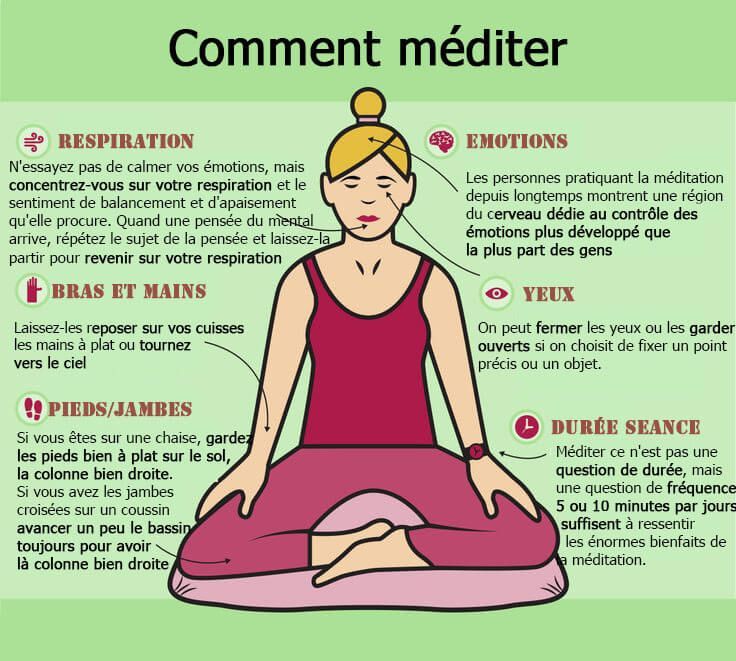 Because of this, many people feel they don't have the patience needed for meditation, which often drives them away from mindfulness exercises. This is where guided meditation offers an easy solution.
Because of this, many people feel they don't have the patience needed for meditation, which often drives them away from mindfulness exercises. This is where guided meditation offers an easy solution.
Guided meditation is a process in which participants meditate following the instructions of a professional teacher. It differs from regular meditation in that it includes an audio element, often voiced by an experienced teacher.
WHAT IS GUIDED MEDITATION?
Guided meditation includes the usual aspects of meditation practice such as deep breathing, visualization and attention to sound. The idea is to quiet the mind so that the practitioner can rest and relax while awake. During practice, one releases distracting thoughts and tunes into the present moment with open awareness.
Meditation often requires practice and does not come naturally. The mind is a thought-producing machine, so it is very difficult for it to settle down and stop thinking.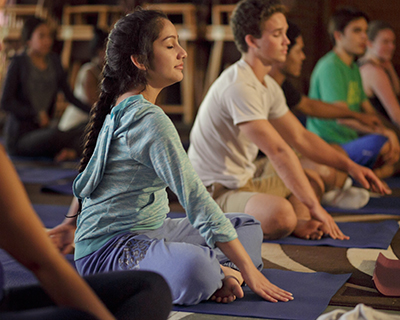 This makes it hard to let go of negative feelings, but when we do, we can better understand situations in our inner life when we are under stress. One short directed practice will allow the practitioner to feel calm and relaxed, which is no less important than regular exercise or fitness.
This makes it hard to let go of negative feelings, but when we do, we can better understand situations in our inner life when we are under stress. One short directed practice will allow the practitioner to feel calm and relaxed, which is no less important than regular exercise or fitness.
The Guided Meditations provide practitioners with the necessary tips and foundation for independent meditation practice, while offering the vital skills of individual practice. Narrative guidance provides us with a healing space for deep relaxation. Here we can reflect on our feelings under the guidance of a teacher in order to achieve a calm and relaxing state.
BENEFITS OF GUIDED MEDITATION
Guided meditation has tremendous mental and physical health benefits.
Some of the many benefits include:
- Improves mood
- Supports focused attention
- Reduces symptoms of anxiety
- Improves sleep
- Relieves stress
A good night's rest is essential for mental and physical health, and guided meditation is one of the most common and beneficial solutions for those who have problems sleeping at night.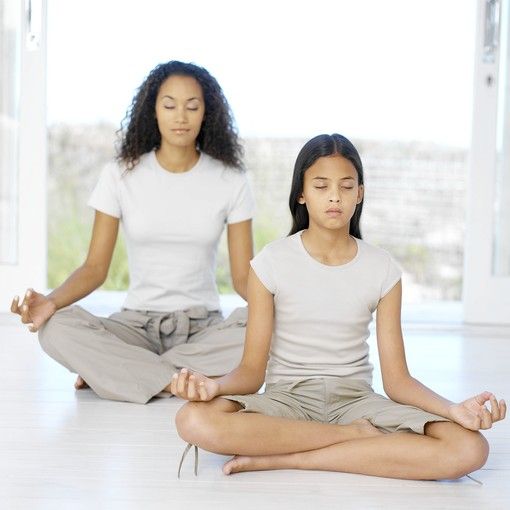 There are special guided meditations that are precisely choreographed to bring people into a state of deep peace. It requires minimal effort and allows beginning practitioners to develop their mindfulness skills.
There are special guided meditations that are precisely choreographed to bring people into a state of deep peace. It requires minimal effort and allows beginning practitioners to develop their mindfulness skills.
Practicing guided meditations that are aligned with a person's life goals can help them see the world better and become a better version of themselves. Whether it's a desire to be happier, quit smoking, or achieve another personal goal, guidance can help a person achieve growth.
TYPES OF GUIDED MEDITATION
There are many different types of guided meditation practice. Teachers can turn most basic meditation exercises into guided meditations, making them very flexible. Here are the three most common styles of guided meditation that people practice:
WALKING MEDITATION
Walking meditation is an exercise in which one turns one's attention inward while one's physical body moves and the mind wanders. This exercise improves awareness of the environment, helps you stay in the present moment, and can also reduce stress and get rid of past experiences.
YOGA NIDRA
Yoga Nidra, also known as yogic sleep, is a guided meditation that brings the practitioner into a deep state of consciousness that is on the borderline between wakefulness and sleep. Practitioners achieve this state by paying attention to the body through body scanning, breathing, guided imagery, and other mindfulness meditation techniques.
BODYSCAN MEDITATION
Bodyscan Meditation is a simple practice that involves focusing on each part of the body and systematically noticing sensations from feet to head. This allows you to become aware of each part of the body and identify pain, tension and other lingering sensations.
VISUALIZATION MEDITATION
In this mindfulness meditation, one focuses on something specific, holds it in their mind, and imagines it becoming a reality. It is an effective practice to help people achieve their goals through guidance and manifestation.
In addition to these styles, other forms of guided meditation include love-kindness meditation, visualization meditation, gratitude meditation, and many others.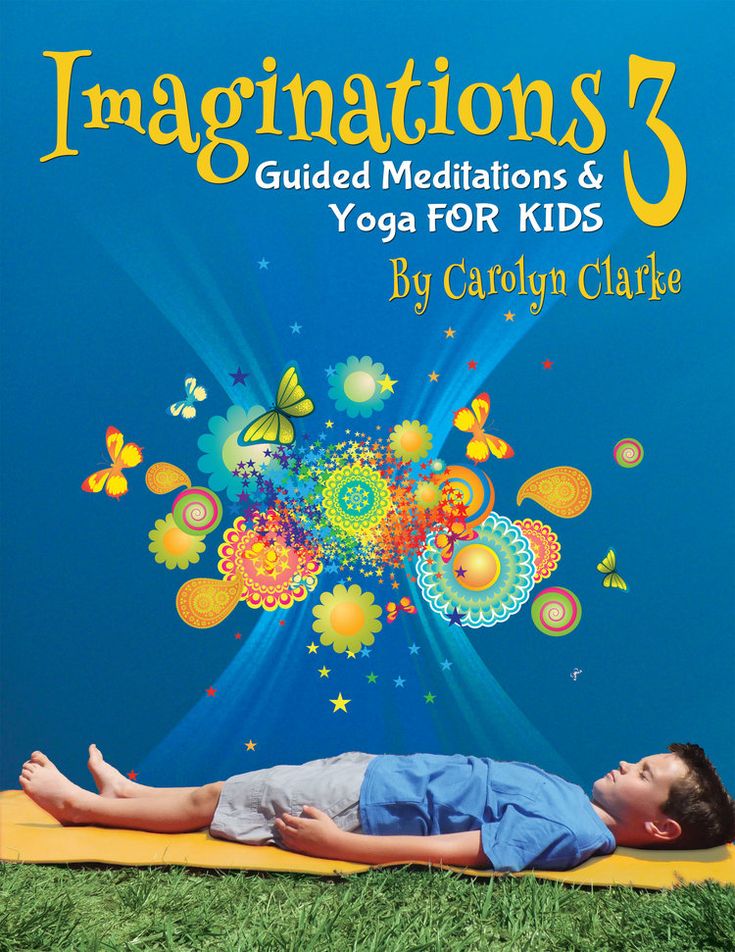 Start meditating with an open heart to find the mindfulness meditation exercise that resonates best with you.
Start meditating with an open heart to find the mindfulness meditation exercise that resonates best with you.
FREQUENTLY ASKED QUESTIONS
HOW TO PRACTICE GUIDED MEDITATION
People can practice guided meditation anywhere and anytime. Whether it's in the morning, at work, or at night before bed, guided meditation content is highly accessible and can fit people's unique schedules as it's available on a mobile device. Connecting to a meditation podcast makes it easier to practice guided meditation. If the browser doesn't support the audio element, apps like Headspace or Calm are a great solution.
WHAT IS SELF-GUIDED MEDITATION?
In many ways, self-guided meditation is the opposite of guided meditation for more experienced practitioners. It purifies negative energy by promoting inner peace and positive thinking while focusing on clearing the mind.
During self-meditation, the practitioner will begin by creating a healing space for himself and setting up an interval bell.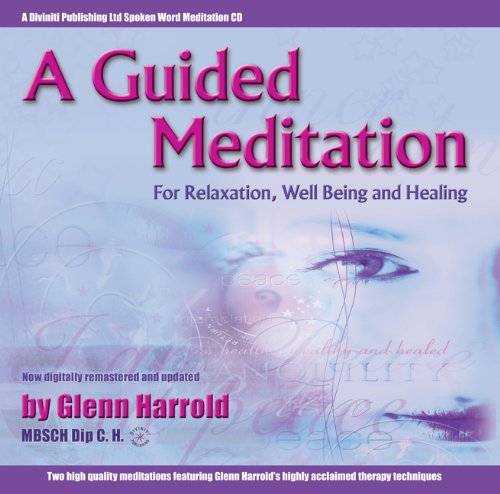 They may want to turn on some meditative background sounds to listen to and focus on. Remember to make a plan of action, whether it be chanting a mantra, focusing on the breath, or visualizing.
They may want to turn on some meditative background sounds to listen to and focus on. Remember to make a plan of action, whether it be chanting a mantra, focusing on the breath, or visualizing.
CAN GUIDED MEDITATION BE DANGEROUS?
Although rare, adverse side effects from meditation practice have been noted in some studies. These studies suggest that it may increase depression, anxiety, and psychosis. While this is true in rare cases, there is a minimal amount of research that has looked into this issue in depth.
WHICH APP FOR GUIDED MEDITATION?
Many apps provide a wide range of guided meditations, and finding the app that best suits your needs is important.
As far as paid subscriptions are concerned, here are some of the more popular apps you can subscribe to:
- Tranquility
- Headspace: Meditation and Sleep
- Ten percent happier
For free app downloads, the most common subscription options are:
- Smiling mind
- Cognitive Timer
- Meditation MyLife
Many people also choose to sign up for a free trial to see which application suits them best.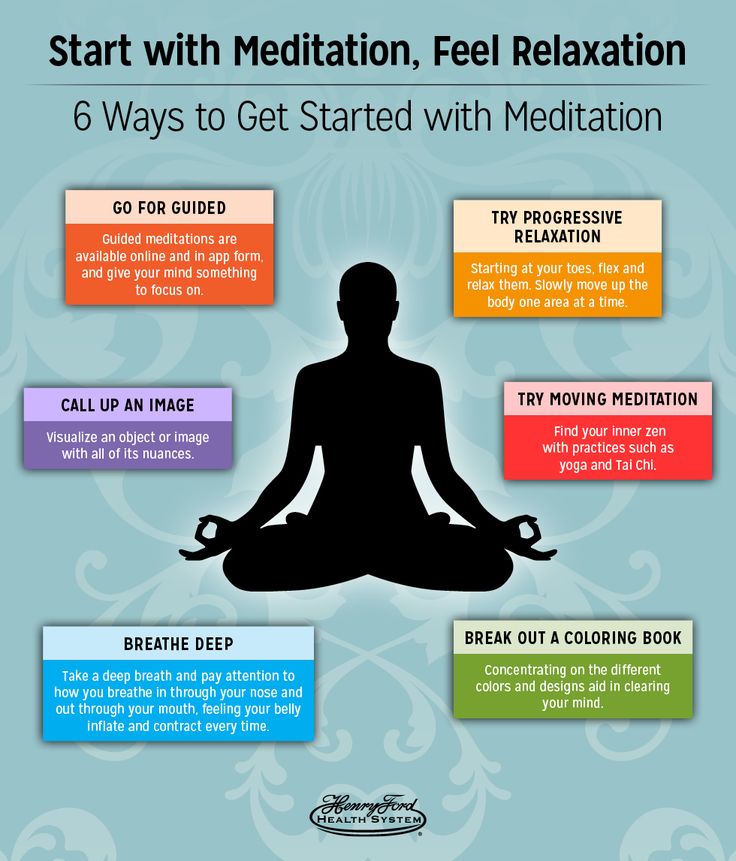
DISCLAIMER: This is not a substitute for professional medical advice and you should call your doctor for medical advice.
ANAHAN MEDITATION RESOURCES
MEDITATION WIKI
Meditation on chakras
Meditation techniques
Meditation of body scanning
Managed anxiety to remove anxiety
Meditation for children
Morning Meditation
Consciousness Meditation
Meditation in the dream
Bethyr and body
Anxiety Meditation
Guided Meditation
Night Meditation
Self-Knowledge
Transcendental meditation
Visualization meditation
Blogs on meditation
How Meditation helps to cope with a stress of
How Meditation changes the brain
Meditative music
Gifts for meditation
Advantages of meditation
is meditation?
What is awareness?
Meditation Apps
Meditation for Beginners
Resources
Headspace - Guided Meditation and Mindfulness Techniques
Effect of a Single 15-Minute Guided Meditation (Isha Kriya) on Stress and Mood Disorders in OR Specialists: A Prospective Interventional Pilot Study - PMC
What is Guided Meditation?
Can meditation harm you?|Great boon.
